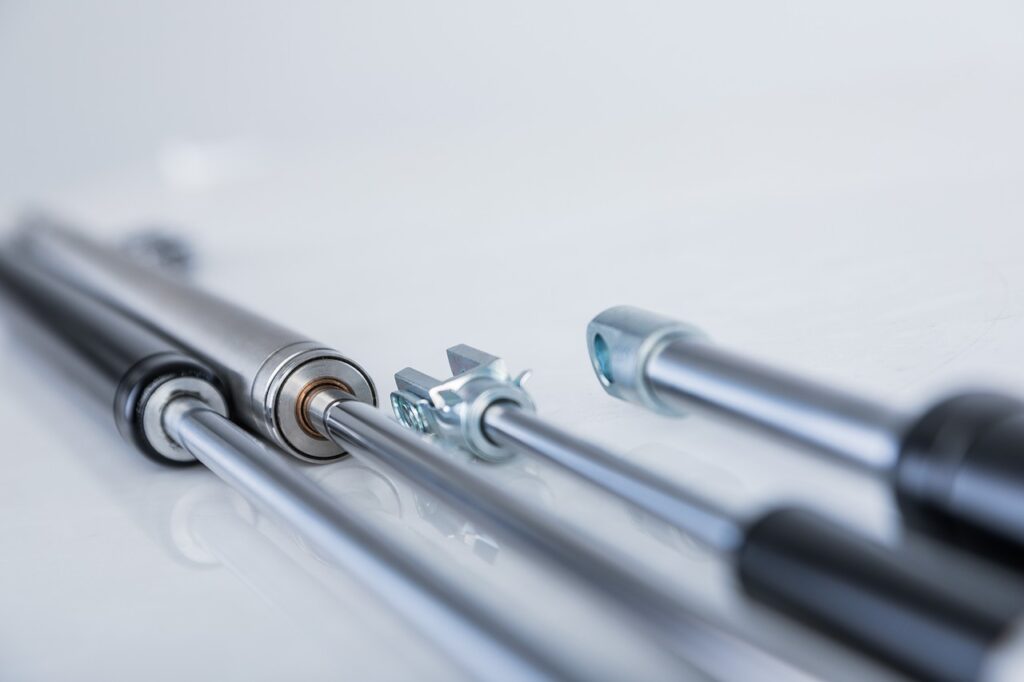Have you noticed your energy bills get higher as winter arrives? As the temperature drops, your heating systems work overtime to keep you cozy and comfortable in your living area, which leads to higher energy use.
Moreover, an inefficient heating system and gaps in insulation might be the reason to drive up your costs. The good news is that you can lower your costs without compromising on your comfort with just a few energy-saving adjustments. Here are some smart ways to lower your utility bills while also enjoying the warmth in your room.
Schedule Furnace Repair & Tune-Up
A furnace is one of the most important components to keep your home warm and comfortable in winter. Many homeowners neglect proper care and minor repairs, which leads to increased utility bills. So, it is important to ensure furnace repair for proper airflow and heat distribution. This prevents overworking due to faulty components and improves thermostat accuracy.
However, call professionals to handle the intricate work and address the furnace issues as soon as possible. In this way, you can prevent unnecessary energy waste and keep your costs under control.
Consider an Energy-Efficient HVAC Installation
If your current system is too old and inefficient, your bills will remain high even after implementing different strategies. By investing in an energy-efficient model and ensuring proper HVAC installation, you can enjoy a cozy environment while saving money in the long run.
The energy-efficient and modern units use far less energy than the older models. You need to hire HVAC experts to recommend the right model according to your needs. They perform load calculations and seal and insulate all ductwork connections to avoid leakage. Moreover, they ensure proper airflow and conduct unit testing to check if it is operating correctly and efficiently.
Fine-Tune Your Thermostat
Mostly, people set the thermostat too high to enjoy the warmth. This makes your heating system work overtime, which leads to higher expenses. So, it is wise to keep a balance of comfort and saving. You can set your thermostat to 68°F.
According to the U.S Department of Energy, lowering your setting to 7-10 degrees can save you 10% a year on energy costs. If you think this setting is too cold for you, start by lowering it by a degree or two and layer blankets to stay comfy.
Seal Air Leaks
Even a tiny crack or gap in windows or doors allows air to sneak into your room. It forces your systems to run longer than needed. So, it is important to thoroughly inspect your space and look for these drafts. After detecting these gaps, seal them with weather-stripping or caulk.
According to the U.S. Environmental Protection Agency, sealing the drafts can help lower your energy expenses by 15-20%.
Check Your Home’s Insulation
Proper insulation is the first line of defense for keeping cold air out and warm air in. To check if you need more insulation, the obvious signs are a cold room, persistent drafts, or unusually high utility bills. Inspect your attic to check if the insulation material is below or level with your floor joists. If you notice it, you need to improve your home’s insulation.




